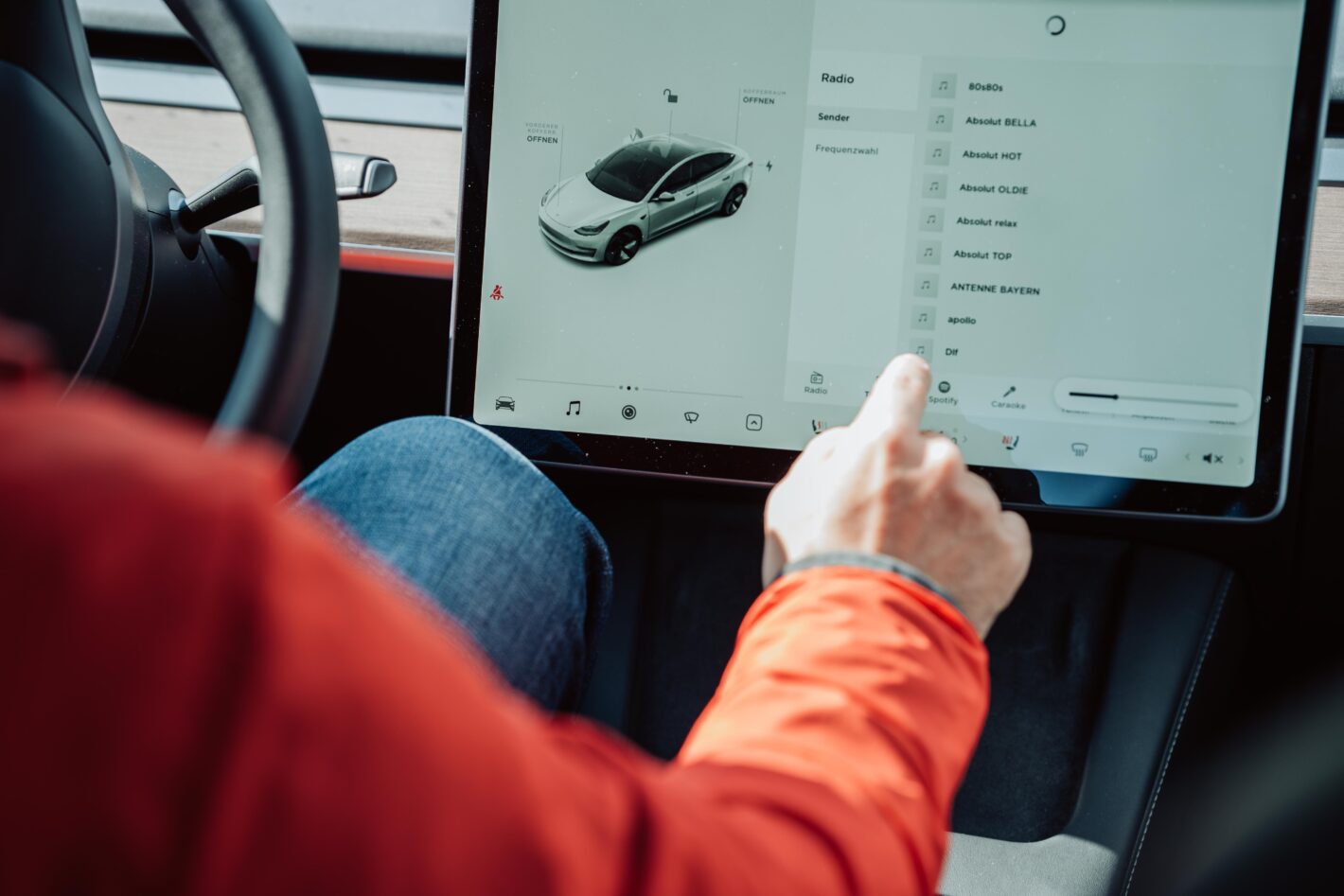What Is Digital Vehicle Forensics?

-
Content
- Background
- What is Digital Vehicle Forensics?
- How Does the Vehicle Store Information?
- How Do Law Enforcement Conduct Digital Vehicles Forensic?
-
Content
- Background
- What is Digital Vehicle Forensics?
- How Does the Vehicle Store Information?
- How Do Law Enforcement Conduct Digital Vehicles Forensic?
Background
In recent years, Smart Cars have become the trend in the development of today’s automobile industry. Big-name automakers such as Tesla, BYD, and NIO have joined the R&D, design, and manufacturing of smart cars. Intelligent Vehicle is a comprehensive system integrating environmental perception, planning and decision-making, multi-level assisted driving and other functions. It uses computers, modern sensors, information fusion, communications, artificial intelligence and automatic control technologies, and is a typical high-tech technology complex. Various safety devices and entertainment equipment installed on cars are becoming more and more abundant. It can be said that a large amount of data on cars can be used as the object of digital vehicle forensics.
Common Car Data Forensics objects include:
- Car speed information
- Accelerator/brake status
- Location change information
- Collision information
- Communication information
- Entertainment information
Using advanced professional software, digital forensics investigators can extract and analyze the information for use in traffic accident investigation, criminal or civil case tracking, and vehicle management.
What is Digital Vehicle Forensics?
Digital vehicle forensics is a branch of digital forensics that involves recovering digital evidence or data stored in a vehicle’s modules, networks, and messages sent across operating systems. The purpose of digital vehicle forensics is to provide evidence for criminal cases, root cause analysis and accident investigations.
How Does the Vehicle Store Information?
Generally speaking, almost all vehicles are equipped with on-board information systems.
The vehicle information system includes two parts: the vehicle information display system and the information communication system.
Among them, the status information of the vehicle’s operation can be obtained by observing the display of the dashboard, and the outside information needs to be obtained through the communication equipment in contact with the outside.
The current vehicle information display system is composed of three parts:
- Vehicle condition monitoring components
- On-board computer
- Electronic instruments.
The vehicle condition monitoring system monitors the working conditions of the engine, braking system, power supply system and lights through sensors such as liquid level, pressure, temperature, and lights.
The on-board computer provides information on safety, fuel economy and passenger comfort, such as average fuel consumption, average vehicle speed, mileage, driving time, clock and temperature, etc. This information is not displayed when it is not needed. The driver can call up by pressing the relevant button.
For the basic operating information required by the driver, as long as the power is turned on, continuous information can be displayed on the electronic instrument.
Vehicle information communication system refers to a device for communication between the automobile and the outside world, which mainly includes on-board multimedia system, driver information system, voice system, intelligent transportation system (ITS), global positioning system (GPS), computer network communication system, and on-board vehicle short-range wireless communication system, condition monitoring and fault diagnosis system, etc.
How Do Law Enforcement Conduct Digital Vehicles Forensic?
The purpose of digital vehicle forensics is to retrieve data and develop a timetable of incidents in order to provide the court with accurate information about criminal activities or accidents.
The first step is to understand the source of the evidence. This includes original equipment manufacturer (OEM), brand, model, architecture, software, and physical components.
A strategy will then be developed to determine which technologies and tools can be used to retrieve data from the vehicle and how to achieve this without destroying the data or physical components of the vehicle. This is especially important in Vehicle Forensics, because the extraction of these on-board data requires the physical disassembly of the vehicle.
Infotainment and telematics systems usually provide the best source of data. Law enforcement uses specialized tools to obtain data from infotainment (phone and connected device data), telematics (navigation data), and GPS (location data).
Law enforcement can also work with vehicle manufacturers to gain access to data in vehicle, such as Mercedes and BMW, which retain proprietary tools for maintenance and troubleshooting that can access these systems. These data is used in criminal proceedings to prove that drivers are speeding or deliberately making driving decisions that cause damage, injury or death.
In a vicious case, the murderer abandoned the car and fled. The investigators collected evidence on the vehicle’s information navigation system on the spot, and extracted the vehicle’s trajectory (GPS record). The suspect’s residence was located through the starting point of the trajectory. After squatting for 3 days, the suspect was found to return to his residence. The investigators arrested him and successfully solved the case.
A city’s public security bureau recently received a hit-and-run case. Three suspicious vehicles were found during surveillance near the time and place of the incident. The investigators found that one of the three vehicles had a dash cam that had been emptied. The personnel conducted further evidence collection on the driving recorder and recovered a scene of a collision at the time of the incident, successfully solving the case.
These are two typical cases where investigators use vehicle forensics. Automobiles have become “witnesses who will not lie” in the process of handling cases, providing a more effective means and platform for Law Enforcement agencies to deal with traffic accidents and criminal cases.
So far, SalvationDATA have also been involved in the Digital Vehicle Forensics especially for Smart Cars. We’ll integrate the brand-new Digital Forensics Technology for Smart Cars pretty fast in the days to come.


